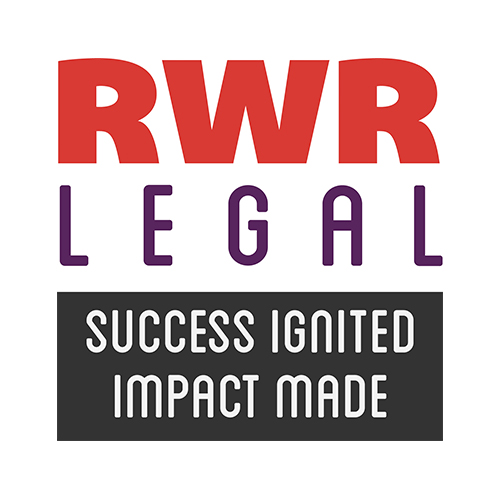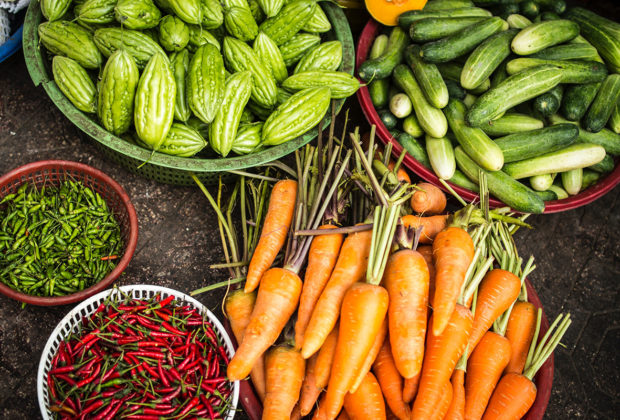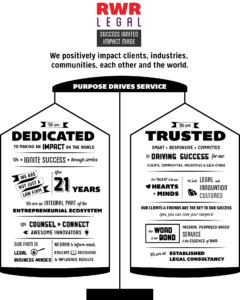Can I Call My Product Organic?
https://rwrlegal.com/wp-content/uploads/2018/09/organic-620x420.jpg 620 420 RWR Legal RWR Legal https://rwrlegal.com/wp-content/uploads/2018/09/organic-620x420.jpgWhen consumers see the word “organic” on a product package or label, they have certain expectations about what is inside the package or container. So how do you know whether you are meeting your potential customers’ expectations? How do you know if you can even call your product organic?
Who Makes the Rules?
The United States Department of Agriculture (USDA) protects the integrity of an organic label by ensuring that consumer expectations are met. USDA manages the production, handling, labeling, and enforcement of all organic products through the National Organic Program (NOP). NOP develops rules and regulations for organic products.
What is Organic Agriculture?
Per the USDA, organic agriculture is the application of a set of cultural, biological, and mechanical practices that support the cycling of on-farm resources, promote ecological balance, and conserve biodiversity. These include maintaining or enhancing soil and water quality; conserving wetlands, woodlands, and wildlife; and avoiding use of synthetic fertilizers, sewage sludge, irradiation, and genetic engineering.
What Are the Basic “Organic” Requirements?
Organic products must be produced and handled by operations that are certified, that is, are in compliance with USDA’s established rules, such as:
- Organic products must not be genetically engineered.
- Organic products must not be made or processed with ionizing radiation, for example, to extend a product’s shelf life.
- Organic products must not be made with certain substances.
What Can Be Certified Organic?
USDA can certify four categories as ‘organic’ products:
- Crops: Crops is/are a plant grown to be harvested as food, livestock feed, fiber, or used to add nutrients to the field.
- Livestock: Livestock is/are animals used for food or in the product of food, fiber, or feed.
- Processed products: Processed products are items that are handled and packaged, for example, shredded carrots; or combined, processed, and packaged, for example, peanut butter.
- Wild crops: Wild crops are plants that are obtained from a growing site that are cultivated or conventionally maintained. Herbs, seeds, and nuts are examples.
How Are Organic Products Labeled?
Organic agricultural products are labeled based on the percentage of organic products they contain:
- 100% Organic products contain only ingredients that are certified organic and, any required processes involved are also certified organic. You can display a USDA organic seal anywhere on the product label.
- Organic Products must contain no less than 95% certified organic ingredients, excluding salt and water. The remaining 5% must be organically produced, with some exceptions. There are limitations on how you may label your product as organic.
- Made with Organic must contain at least 70% certified organic ingredients, excluding salt and water. The remaining 30% does not have to be organically produced, with some exceptions. There are limitations on how you may label your product as organic.
Do you want to learn more about how organic regulations work and how they may apply to your product? Contact RWR Legal today; Call us at (512) 320-0601 or email us at hello@rwrlegal.com
LEGAL DISCLAIMER: This article is not intended to be, nor may it be used as, legal advice. This article shall be used solely for general, non-directed informational purposes. No attorney-client relationship has been formed by virtue of this article and Ressler + Wynne Ressler, PC has in no way agreed or consented to provide you with legal representation by virtue of this article.


